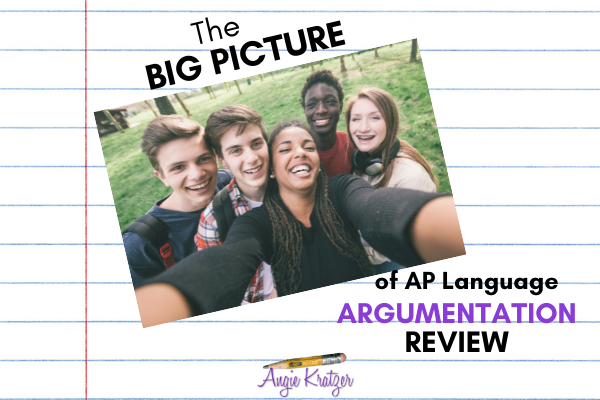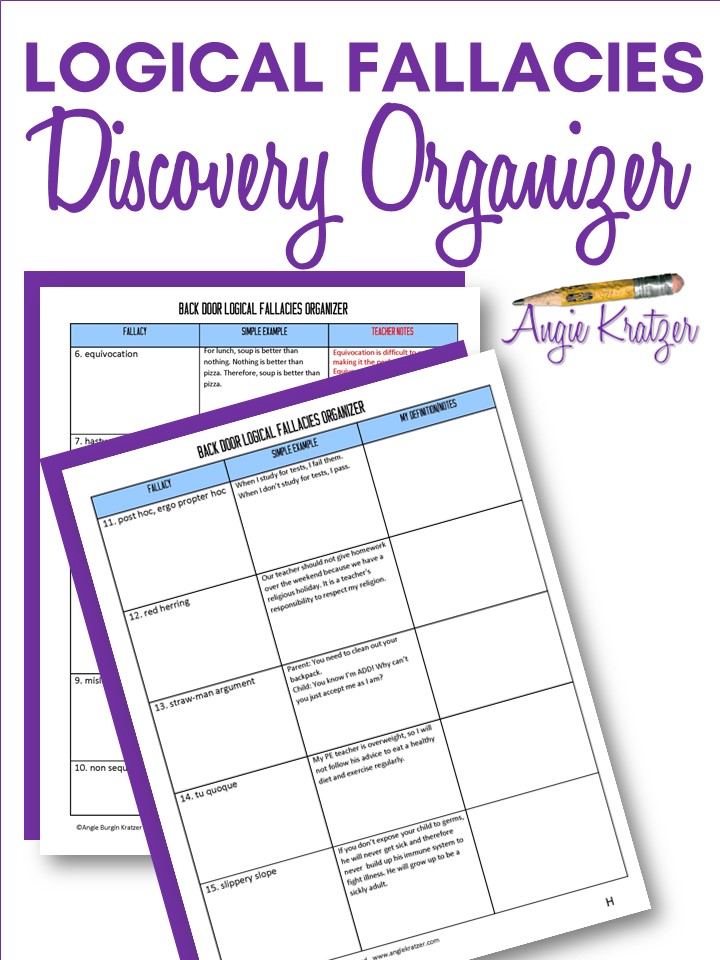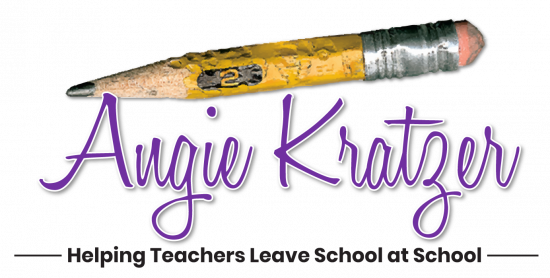When reviewing for the AP Lang exam, we may need to review argumentation on these four levels:
- Analysis of an argument (reading within the multiple choice section)
- Analysis of the rhetoric of an argument (a possibility for Question 2 of the free response section)
- Written development of an argument (Question 3 of the free response section)
- Written development of a researched argument (Question 1 of the free response section)

Analysis of an Argument on the Multiple Choice Section
Look at argument as a frame. If the entire passage is clearly arguing a claim, there will probably be stems that are specific to argument as a mode. (If you would like a list of categorized stems, you can get one here.) For example, In the passage as a whole, a major shift in the development of the argument occurs at which point?
It is here that students could run across a logical fallacies question. I wouldn’t set up a tent, but it’s worth a review. You can read more about how I teach logical fallacies backwards.
Rhetorical Analysis of an Argument
Aside from the idea that all writing is an argument, there are just some pieces that are ARGUMENTS—a district attorney’s closing statement, a union rep’s letter to the owner of a factory, a mother’s appeal to the school board for more services for her son. Question 2 on the exam could be just such a piece, and students need to be ready to go in the back door of an argument and pick it apart. What rhetorical strategies does the speaker use to make the argument effective? Here, students are looking at the macro and the micro, the line of reasoning and the use of metaphor, the evidence and the tone.
Written Development of an Argument
There are three primary models for argumentation–the Classical Model (also known as the Aristotelian Model), the Rogerian Model, and the Toulmin Model. If you have taught all three, chances are that they are all muddled in your students’ brains. Students have concession, rebuttal, and refutation and mixed together. Propositions, claims, warrants, and qualifiers are all intermingled. I’ve even confused myself.
What AP Language Students Don’t and Do Need
Rogerian is a win-win for marriage counseling. Toulmin is more of a tool for analyzing someone else’s argument. Your students just need to worry about Classical for Question 3.
Artistotle developed a model in which the author/speaker/writer tries to win the audience over. Based on the rhetorical triangle, this method includes clearly stating a position, getting the audience’s concerns out of the way, and then presenting clear reasons supported by relevant examples, facts, and statistics. It is within this model that you appeal not only to logos but also to ethos and pathos. There is an argument to be made that this method should be called persuasion, not argumentation.
I pulled this little quickie guide from a Georgia State University English 1101 Handout. Thank you, graduate student who came up with this:
The following is the typical organization pattern for this approach:
Introduction
State your case–Clarify your issue. Give any necessary background for understanding the issues.
Define any important terms of conditions here.
Proposition–State your central proposition or thesis. Present the subtopics or supportive points to forecast your argument for your reader.
Refutation–Analyze the opposition’s argument and summarize it; refute or address the points; point out faulty reasoning and inappropriate appeals.
Substantiation and Proof--Develop your own case. Use ethos, pathos, and logos appeals to make your case. Use good evidence such as examples.
Conclusion
Georgia State University. “English 1101 Handout Models of Argument.” N.D. Web. 4 Nov. 2013.
Here’s my take on it:
A Practical Example Outline:
I. Introduction (Include background, definitions, and proposition/claim.)
II. Concession and Refutation (Concede the valid points of the opposition and refute—argue against—the weaker ones.)
III. Reason #1
A. Evidence
B. Evidence
IV. Reason #2
A. Evidence
B. Evidence
V. Reason #3
A. Evidence
B. Evidence
VI. Conclusion
Review with students what they might use as evidence. Consider current events, historical references, facts they learned in science and social studies classes, religious allusions, personal stories, something they heard on NPR, a story they saw on the news, an article they read in a magazine, etc. Unless the prompt lends itself well to such evidence, I would tell students to rely very little on references to fiction and popular music. It can be done, but it takes a bit of finesse (dare I say sophistication?).
If you would like to see how I teach argumentation and persuasion as a sequential unit, take a look at this resource.
Construction of a Researched Argument
Take the way you’re reviewing for construction of an argument but GIVE them their evidence. We’ll look at the synthesis essay in another blog post.
Happy reviewing!
Want a little help teaching logical fallacies? Use this freebie to help students make meaning for themselves.


